The topic of artificial intelligence has exploded in prominence in recent years. Search engines are among the most popular places to find AI at work, enabling users to find answers to inquiries and get tailored suggestions.
Three of the most widely used AI tools today are ChatGPT, Bing, and Google Bard, each offering its own features and capabilities. Let's look at the differences between these three AI models so you can make a well-informed choice.
OpenAI’s Advent ChatGPT
OpenAI Labs created ChatGPT, a language model for AI. It uses an artificial neural network design called GPT-4, which consists of several layers. Its core uses are conversation, question-answering, and content delivery over various topics.
According to UBS research from February 2023, ChatGPT, an artificial intelligence model, has amassed an active user base of over 100 million as of January 2023. ChatGPT uses a massive internet-sourced corpus of text as its training data.
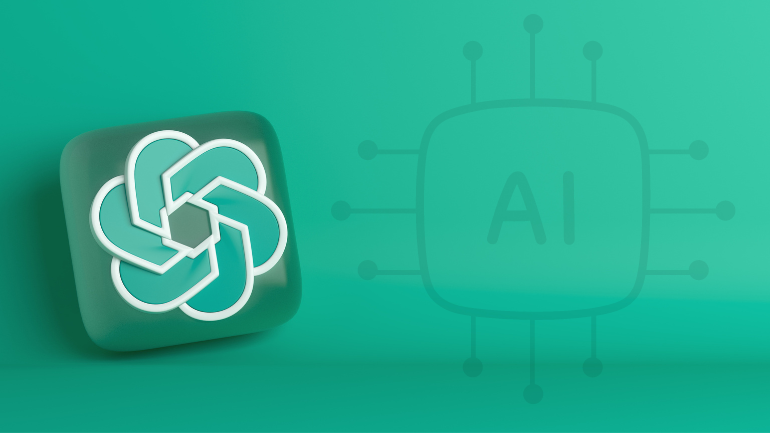
Tokenization is a form of preprocessing used on the training data that separates the text into discrete units called tokens. The model is trained to recognize patterns and relationships in the text without the benefit of labels or annotations, as the training data is unlabeled.
Through its user-friendly web interface, ChatGPT allows users to immediately begin a chat with the program. Customer service, technical support, and virtual assistants benefit greatly from ChatGPT because of the necessity of natural language processing in these roles.
There are, however, restrictions with ChatGPT. It's useful for researching a wide range of topics, but its results might not be as reliable as those from a dedicated search engine like Bing. Because it relies on stored information rather than real-time search results, ChatGPT may also need help adequately responding to more complicated or technical inquiries.
Microsoft’s Brainstorming Bing
Microsoft's Bing is a search engine that prioritizes user experience over algorithmic precision by employing a mix of machine learning algorithms, statistical models, and heuristics. Bing uses various data, such as queries, search engine results, and web pages, for training purposes.
Bing's model is trained with a mix of supervised and unsupervised learning. Training the model with labeled data is known as "supervised learning." To help a model comprehend the semantics and context of a search query, unsupervised learning involves extracting features and patterns from the text input.
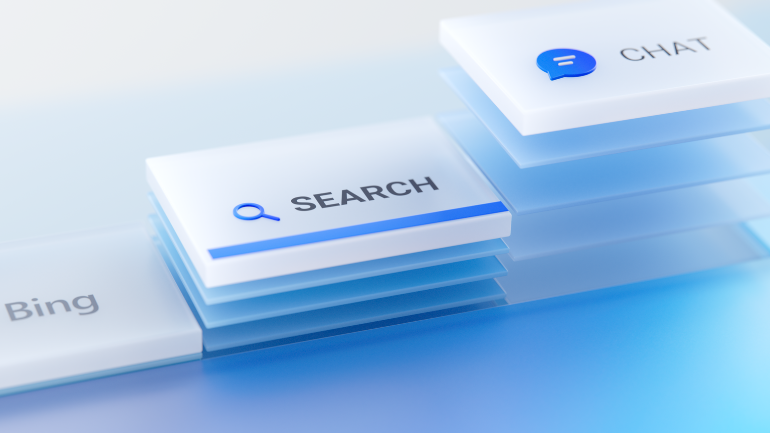
It also has a chatbot function to handle consumer inquiries, provide suggestions, and complete jobs. It can handle elementary errands like scheduling appointments and sending out reminders. Users unfamiliar with AI can still utilize Bing because it is accessible via a browser or app.
Bing's picture search is a one-of-a-kind capability since it uses machine vision to decipher the meaning of photos and return relevant results. Because of this, it's a great resource for anyone who needs to find pictures for reports, slideshows, or other documents.
Bing's compatibility with other Microsoft software is an additional benefit. It facilitates cross-platform accessibility and sharing of search results. Users of Bing can sign up for "Bing Rewards," a program that awards them points for using the search engine. You can trade your points for merchandise, cash back, and other incentives.
Google’s Ballistic Bard
With the help of LaMDA (Language Model for Dialogue Applications), Google has created an artificially intelligent language model known as Google Bard. It aims to assist lyricists and poets by recommending suitable rhymes and phrases.
This model is in its early stages of development. Its structure is built on a mix of generative algorithms, statistical models, and neural networks. Google Bard uses a wide variety of poetry, from classic literature to contemporary poetry to user-generated content, as training data.
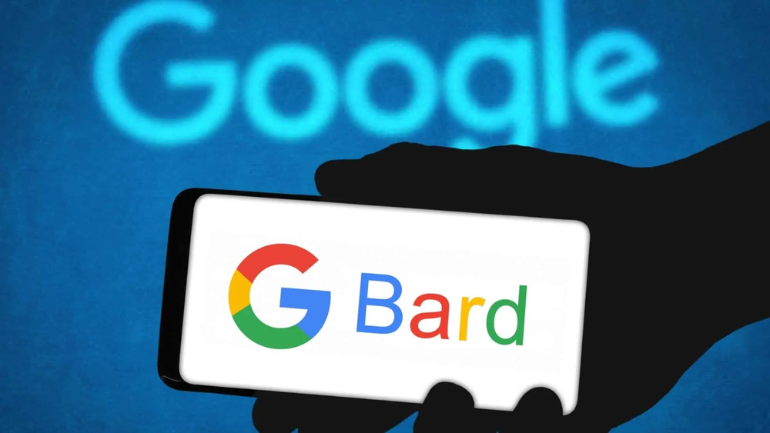
The training data is labeled because the machine is trained with annotated poetry examples. The model can generate creative and technically proficient poetry thanks to the training data, which teaches the model the patterns and structures of many poetic forms.
The simplicity of Google Bard is one of its strongest points. It has a user-friendly online interface and may be used immediately. Google Bard's capacity to parody the writing styles of well-known authors is one of its most interesting aspects. It can make up words similar to Shakespeare or J. K. Rowling.
Because of this, it's a great tool for anyone who wants to write in a certain tone or manner. In addition, the AI tool may perform operations like summarizing and translating material. Bard may not deliver as complex responses as ChatGPT does, and it is not suited to activities that necessitate factual information.
Major Differences Between ChatGPT, Google Bard And Bing
No doubt, ChatGPT, Bard, and Bing are obviously real game-changers. But these AI tools are still bound with certain limitations and there is a dire need for updates. Also, it is important to regulate their use and ensure online safety.
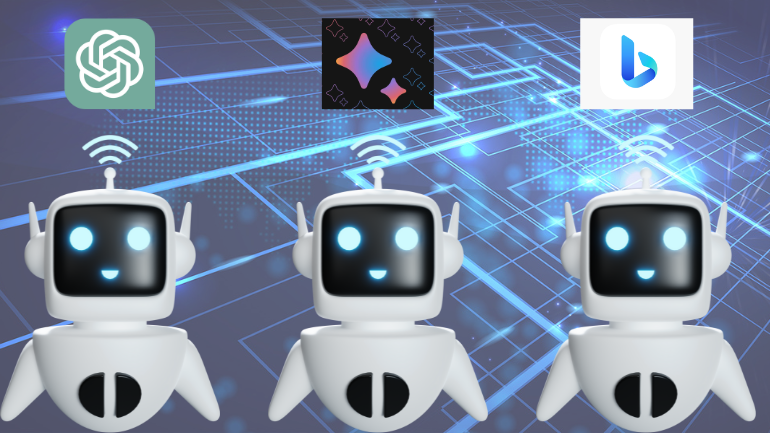
|
ChatGPT |
Bard |
Bing |
|
It is created by OpenAI and utilizes GPT-4 technology. |
It is powered by LaMDA, developed by Alphabet/Google. |
It is developed by OpenAI using advanced GPT-4. |
|
ChatGPT is Unimodal. It only accepts input in the form of text. |
Bard has Multi-Modal. It processes a variety of inputs, including texts, images, audio, and more. |
Microsoft Bing is multimodal. It can take input in the form of text or speech. |
|
ChatGPT answers can be incorrect. |
LaMDA bases its assertions on external information sources. Hence, they are more authentic. |
It is more precise and more powerful. |
|
Only a few languages are supported by ChatGPT. |
It understands more than 1000 different languages. |
There are 40 different language versions in Bing. |
|
It is confined to 2021 training data. |
Real-time access to the search data that Google gathers. |
Quick access to Bing's search information. |
|
The initial version is free. The cost of ChatGPT Plus is $20 per month. |
For most of the users. |
Free for users. |
How To Pick The Best AI Resource
Whether ChatGPT, Bing, or Google Bard is the most useful AI depends on the nature of the inquiry. Here are some broad factors to think about before making up your mind:
- Each AI tool excels at a certain class of tasks. Examples include the conversational ChatGPT, the information-gathering Bing, and the lyric-writing assistance Google Bard. When selecting an AI tool, it's important to think about the work at hand.
- Bing may be the greatest option for jobs like research and fact-checking that demand accurate and relevant results because of its emphasis on these qualities. It employs sophisticated AI algorithms to produce reliable search results.
- Since ChatGPT uses historical data rather than in-the-moment updates, its results are only sometimes reliable. Information-heavy jobs could be better for Google Bard.
- Think about how simple it is to implement each AI tool. ChatGPT and Google Bard are web-based applications that require nothing in the way of technical know-how. It's simple to use Bing, that may be accessed via a web browser or a mobile app.
- ChatGPT is one of the most advanced natural language processing (NLP) AI tools. It can hold discussions with users and come up with its own material to add to the discussion.
- While less advanced than ChatGPT, Bing's chatbot functionality can answer queries and complete basic tasks. Google Bard's purpose is to aid in creating poetry and lyrical compositions; it may not be up to the challenge of doing more complex AI-based tasks.
Which Is The Best Among These
The most useful AI for you will be the one that best fits your requirements. ChatGPT could be useful if you need imaginative and interactive text generation. Search engines like Bing and Bard may be better options if you need to find certain content rapidly online.
Before committing to an artificial intelligence system, weighing its pros, cons, and actual performance is important. Regarding artificial intelligence, which language model do you anticipate dominating the market? Leave a comment on what you think.
Also Read: Can ChatGPT AI Replace Developers? Insights from 7 Industry Experts

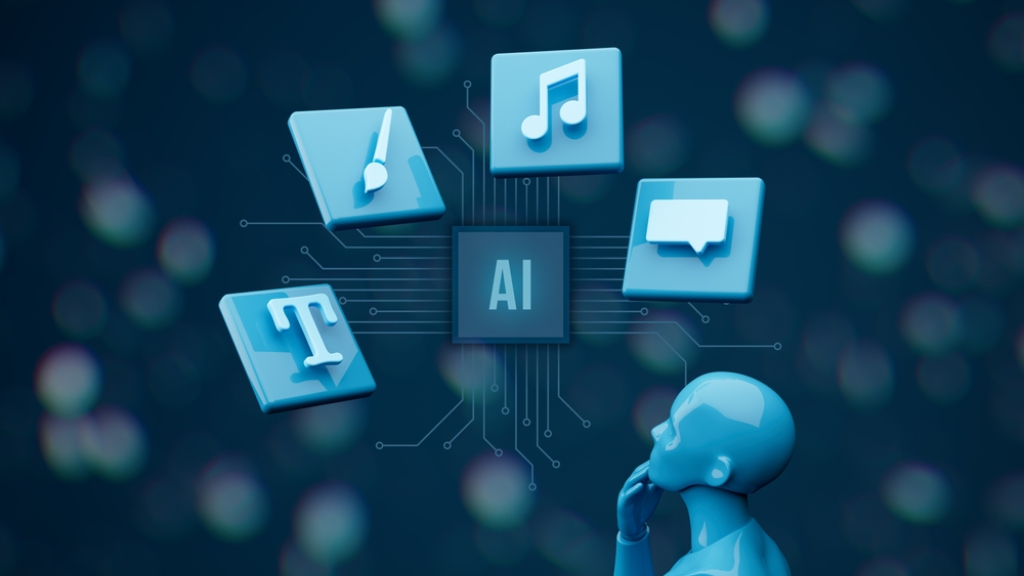







Please complete your information below to login.
Sign In
Create New Account